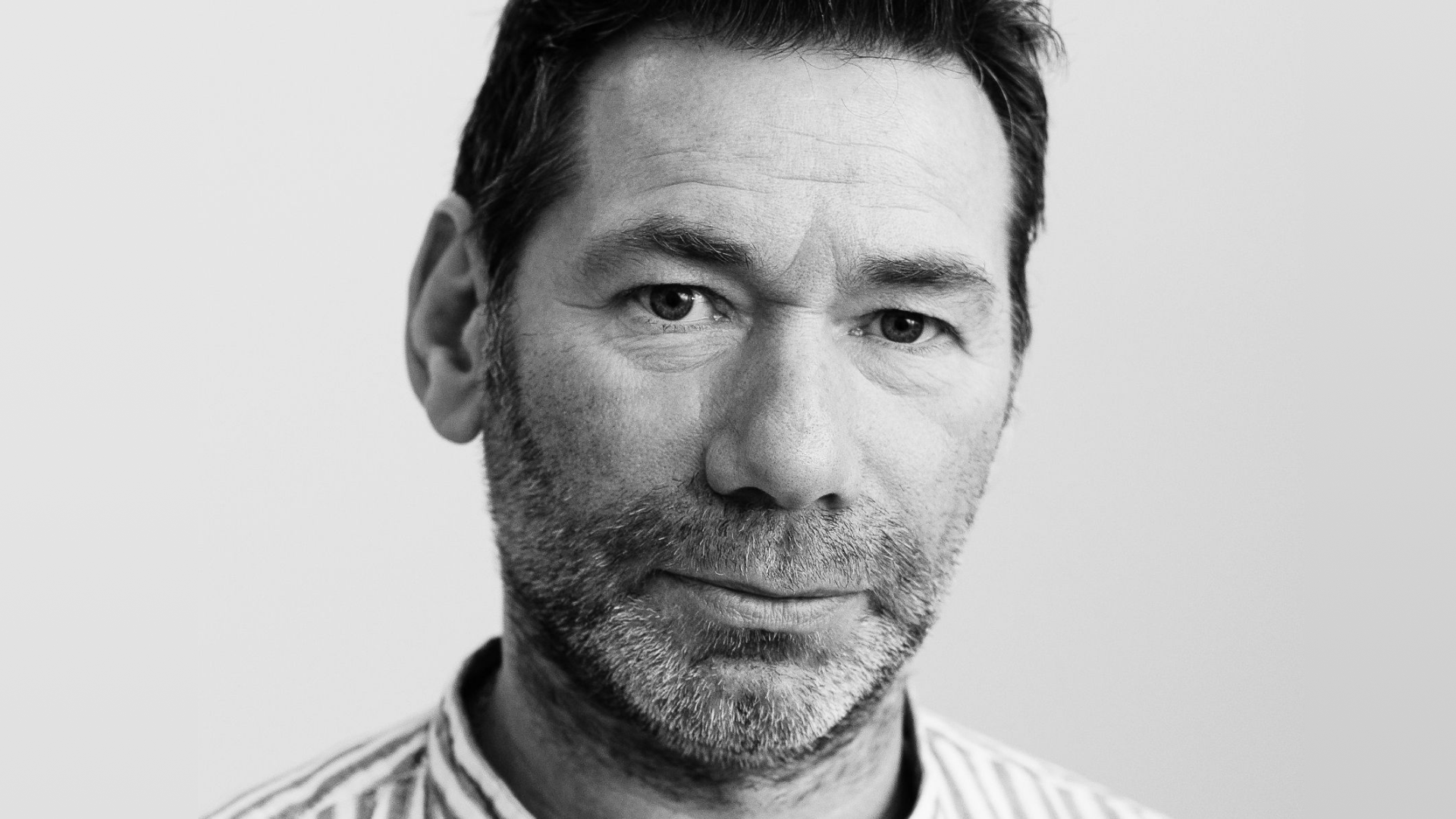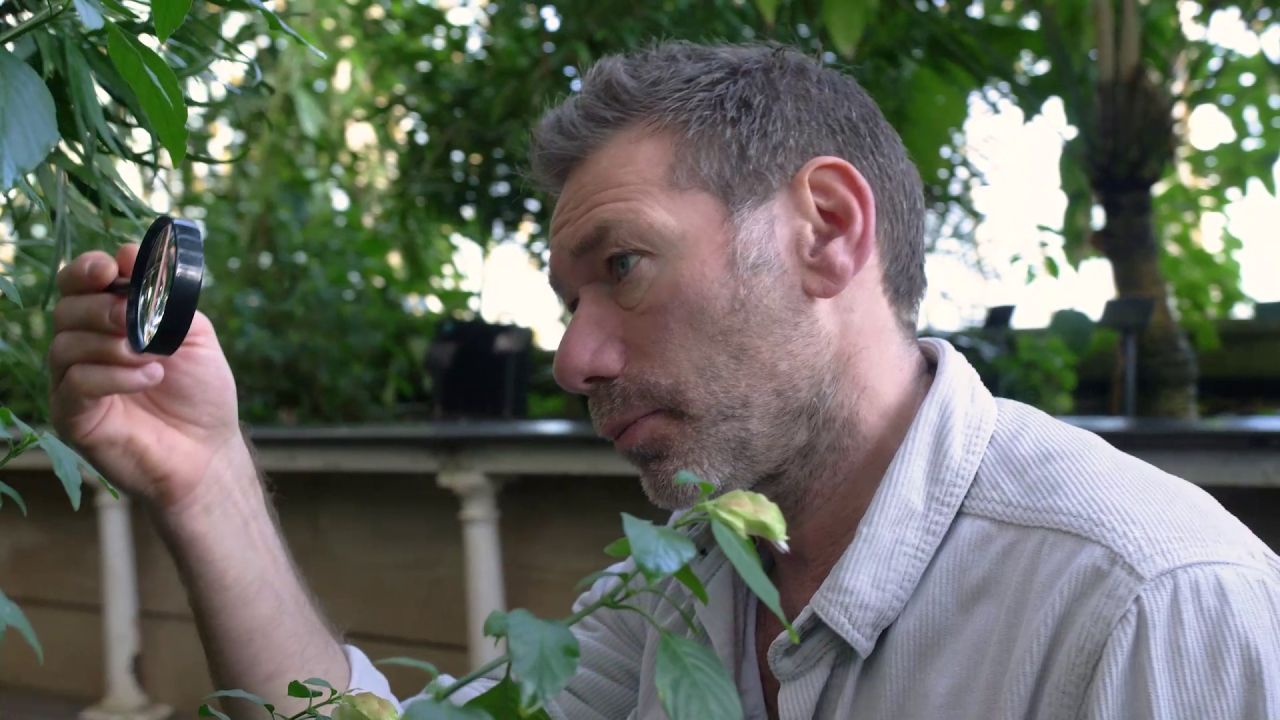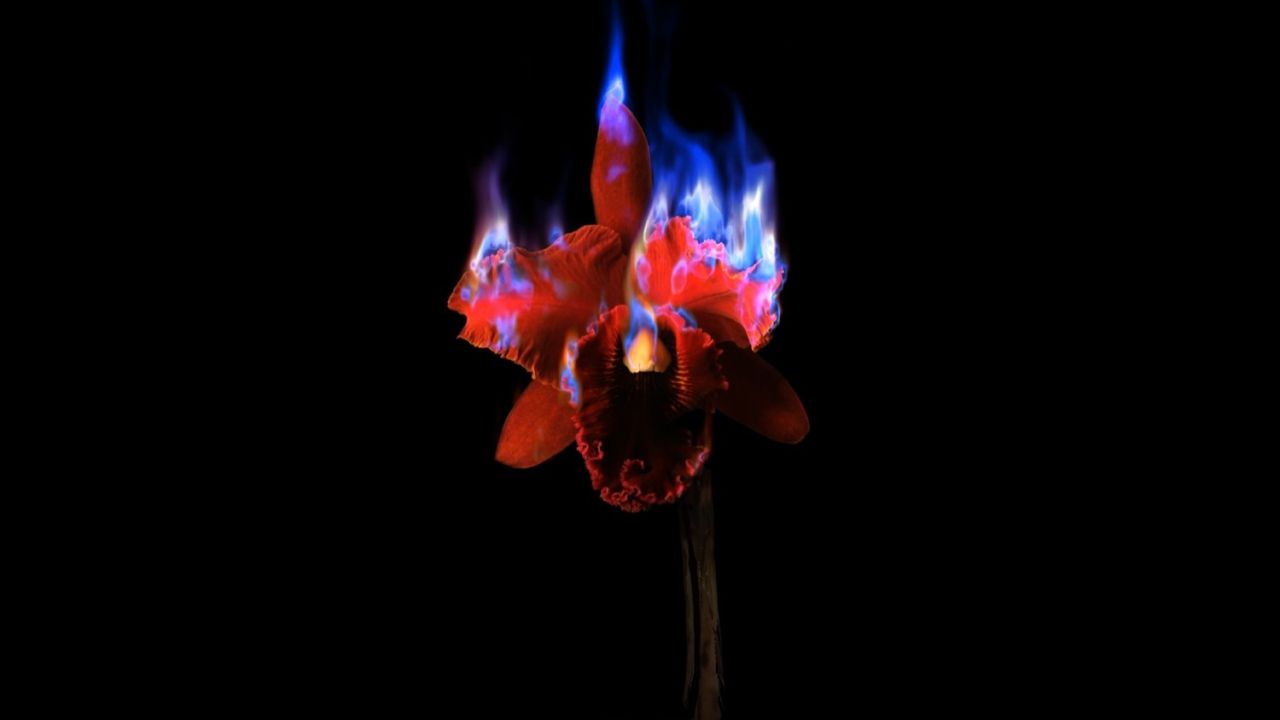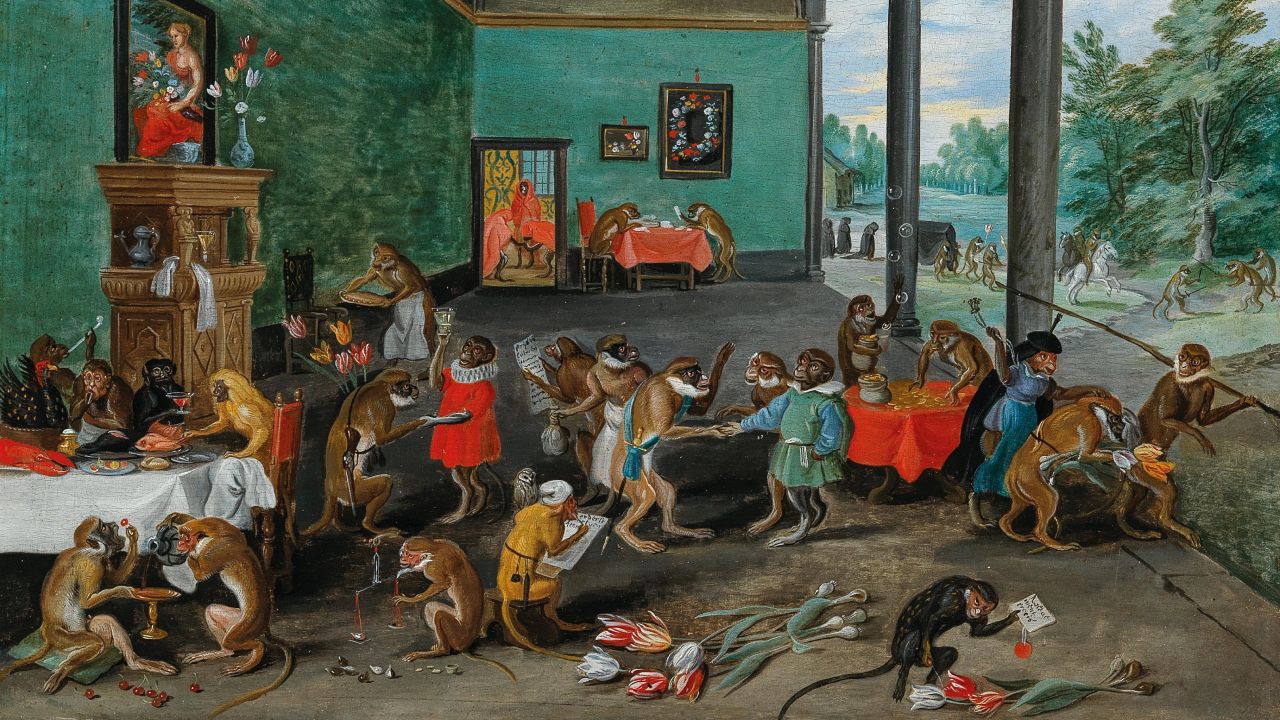Heterosis could not exist in any context other than the blockchain

We spoke to artist Mat Collishaw, key figure in the Young British Artists group and boundary-pushing visual artist whose work has been exhibited internationally. The creative spark behind the Heterosis project, Mat discusses his inspiration and influences as well as his thoughts on crypto art.
My Grandfather, the florist, and how it all started
My grandfather was a florist. He bred, hybridised and sold thousands of flowers, and I grew up running through fields full of dahlias and chrysanthemums. So for me, flower breeding was the family business.
When I went to art school and became an artist, I started making works with flowers, the subject that captivated me. In the early 90s, there weren't any real contemporary artists dealing with this subject matter – flowers were considered naff or cheesy, as not having enough gravity for the seriousness of the art world, which, at the time, was bent towards conceptual art. The work I make however, tends to be transgressive, so to me, flowers were a perfect subject to start working with because they were taboo.
The respect that flowers deserve:
It occurred to me that the way flowers are represented on greeting cards, in calendars, or in books, is heavily stylised. We see a tulip on a card with a little dewdrop on the end of it, alongside an inscription that says, “Get well soon mum,” and stuff like that. It does flowers a bit of a disservice, I think, it isn’t giving them the respect they deserve.

In fact, these highly sophisticated little plants are essentially breeding machines, all they want to do is mate and make more flowers so that their species can become dominant and survive. Though this survival mechanism gets hidden under the fact that they are extremely seductive to look at, the actual reason their beauty and tempting perfume has evolved is to attract insects and propagate their species.
Pustules, fur and other floral experiments:
So to change this perception, I started making flowers with animal textures - tiger, leopard and lizard skins on them, that looked a lot more visceral than the superficial flowers that you'd find on a postcard. Later, inspired by 19th-century decadent poetry, I started making flowers with various infectious diseases on them.
After these photoshop experiments, I started making moulds of real flowers which I then cast and built up with little pustules, boils, and scars that were then hand-painted. I also experimented a lot with photography of burning flowers, and then finally, I started creating walk-in environments with video animations of huge, gargantuan-sized flowers with flies flying around them - attracted to the sick flesh diseases they were adorned with.

This culminated in a large 360° installation named Curtain Call Project, that we made with Ron Arad, the English architect and designer. This whole environment was around 50 meters wide, and eight meters high and had a circle of projectors onto transparent hanging tendrils. You could watch it from both inside and outside the curtain.
I kept experimenting with the subject matter of flowers across a very wide range of media, from paintings to virtual reality. I made a series of animatronic works that I built with steel, aluminium, and acrylic. The last animatronic work I made was Equinox - a two-and-a-half-meter-wide flower with 356 different insects inside it. It opens and closes depending on the time of the day, and it creates an optical illusion that looks like the whole thing is alive with movement. The work was presented at Expo 2020 in Dubai.
Computer code as a genetic code
The main thrust behind Heterosis was to create an artwork that could not exist in any context other than the blockchain. The digital network that forms the basis of the project allows all the participants and components to come together, bringing the artwork to fruition.
I was aware of the NFT art space and was very interested in working with it, but I didn't want to do something as simple as just creating images or animations. If I was going to work within the new space, I had to come up with something that played with the actual way this world works and do something very particular through this new medium.
I developed the idea of using computer code as a means of simulating genetic code, so we could have a range of different flowers which you could breed, and that through hybridization, would give you further flowers. Animal skin flowers or Ghost flowers could be a potential outcome of people hybridising different species.
The fact that the dynamic NFT art can evolve through time, depending on what the owner does or doesn’t do, was something very interesting for us. Danil Krivoruchko managed to encode all the different traits into DNA and designed an evolution process that allows the mixing of the flower DNA. So these mechanics, based on Snark.art’s previous works, are essential in the Heterosis project and are especially valuable to us as something that’s possible only in a decentralised space.
The Post-Apocalyptic National Gallery
We wanted to collect all the flowers inside one ecosystem open to the general public – a slightly dystopian environment that changes over time and that an NFT art collector can go into and find their flower.
The idea for incorporating London’s National Gallery originated during the pandemic. In lockdown, when traffic decreased and people retreated indoors, wildlife began to emerge in the city in an unfamiliar way. Goats were found wandering through Welsh towns, deer were seen wandering through housing estates in London and bird song regained frequencies not heard since the 1970’s.
It led me to thinking what would happen if the population of London totally disappeared? What would the city look like if nature was allowed to regain the capital's territory?
I considered various locations, but the National Gallery seemed particularly pertinent, as this is a place people make a pilgrimage to, a jewellery box of visual splendour, the pinnacle of European culture.

So I imagined this post-apocalyptic scenario where the National Gallery of London - this exquisite collection of all that’s best in European art from the last 500 years - has been abandoned and neglected. The ceilings have collapsed, and there's dampness on the walls, with trees growing all over this once-great monument to European achievements. All the Caravaggios and Ribera masterpieces are fading below the flora that's growing over them. This organic world gives birth to a new digital world, which contains thousands of brightly coloured flowers moving in the soft breeze that enters through the broken windows above and around them.
The questions I’d like to propose with this project revolve around asking: Where does beauty lie? Is it in the triumph of natural selection, creating self-sustaining organic blossoms? Or is it in the ability of mankind to create pigment and fashion images of ourselves and our experiences? Or perhaps, it is found in the burgeoning digital realm, a potential usurper of the anachronistic tradition of oil on canvas?
The end of the old world and the beginning of the new world, the transformation happening through organic life but which is also completely digital - this is one of the possible ways for us to think about what this new NFT ecosystem means for the arts.
Tulip mania and flower breeding as art
Another possible view of the Heterosis project, a satirical angle, is an association with the phenomenon of tulip mania which took place in 17th century Holland, when speculation drove the price of tulip bulbs to extremes. It was one of the most famous market bubbles and crashes of all time. This reminds me in a way of the crazy dynamics of the NFT sphere. Are NFTs something that's sustainable? In this way, the Heterosis crypto art project could be seen as a parody of this tulip mania phenomenon.
I’ve often found myself asking; what is art, where does it come from, who makes it and what is its value in relation to beauty?

In 17th century Holland, a rare tulip bulb could be worth more than a painting of that same tulip. After all, that bulb could produce offsets that could be given away to friends or sold to speculators, something that can’t be said of a painting. Flowers are prehistoric, the work of either a divine creator or a product of highly rarefied natural selection. Considering the amount of time and effort involved in the sophisticated undertaking of breeding flowers, perhaps they qualify as an art form?
This was understandably a debate that occupied the minds of breeders and speculators in the 17th century. In addition to the status of these plants, another burning question surrounded which flowers qualified as being the most beautiful. When does that beauty become commonplace, with the desire for novelty demanding rarer and more distinguished manifestations of beauty?
Witnessing the NFT boom brings Tulip mania and these questions to the fore. How do we create desirable, novel emblems of compelling beauty that also attract speculative interest? The answers appear to mirror that of 17th century Holland, in that beauty is desirable until it is commonplace, then interest shifts to more rarefied images which in turn become the torch bearers of new standards of beauty.

